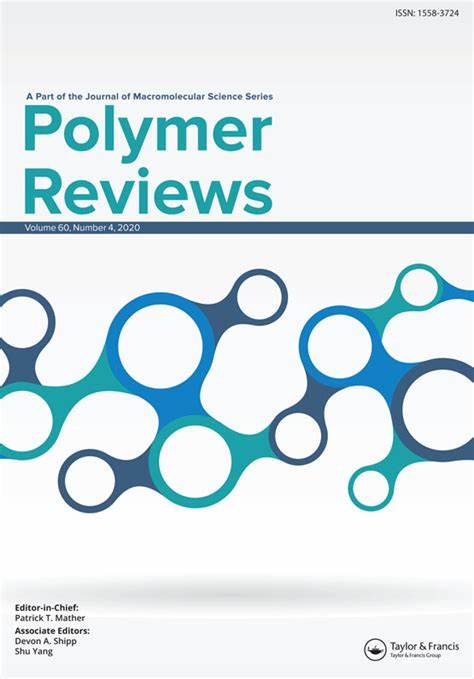Enhancing Hemodialysis Through Advanced Polymeric Membranes and Improved Material Additives
IF 11.9
2区 化学
Q1 POLYMER SCIENCE
引用次数: 0
Abstract
Chronic kidney disease (CKD) impacts around 10% of the global population and is expected to be one of the leading causes of death by 2040. Around 70% of patients with renal diseases need long-term hemodialysis (HD), while 30% require transplantation. The prolonged HD therapy can lead to severe side effects related to the membrane’s biocompatibility and the interactions of blood components with the membrane material. Recent advancements in material science and chemical engineering have led to the development of hemodialysis polymeric membranes with improved surface characteristics and hemocompatibility. These innovations also involve selectivity, durability and new production technologies. This review discusses the main challenges in membrane fabrication and explores strategies for enhancing membrane performance. It examines the improvement of hemodialysis efficiency while minimizing the possible side effects through the surface modification of membranes and introducing additives (blending methods). Both surface-modified membranes and blended ones efficiently remove toxins and reject proteins. However, surface-modified membranes exhibit lower values of pure water flux (50-300 L/m2/h) than those modified by introducing additives (145-500 L/m2/h). It indicates that polymers modified by blending are less prone to the proteins’ adhesion on the membrane surface. These advancements have the potential to enhance patient outcomes in hemodialysis therapy.通过先进聚合物膜和改进材料添加剂增强血液透析
慢性肾脏疾病(CKD)影响全球约10%的人口,预计到2040年将成为导致死亡的主要原因之一。大约70%的肾脏疾病患者需要长期血液透析(HD),而30%需要移植。长期的HD治疗可能导致与膜的生物相容性和血液成分与膜材料的相互作用有关的严重副作用。材料科学和化学工程的最新进展导致了血液透析聚合物膜的发展,其表面特性和血液相容性得到了改善。这些创新还包括选择性、耐用性和新的生产技术。本文讨论了膜制造中的主要挑战,并探讨了提高膜性能的策略。它探讨了血液透析效率的提高,同时通过膜的表面改性和引入添加剂(混合方法)最大限度地减少可能的副作用。表面修饰膜和混合膜都能有效地去除毒素和排斥蛋白质。然而,表面改性膜的纯水通量值(50-300 L/m2/h)低于引入添加剂改性膜的纯水通量值(145-500 L/m2/h)。结果表明,经共混改性的聚合物不易发生蛋白质在膜表面的粘附。这些进步有可能提高患者血液透析治疗的效果。
本文章由计算机程序翻译,如有差异,请以英文原文为准。
求助全文
约1分钟内获得全文
求助全文
来源期刊

Polymer Reviews
工程技术-高分子科学
CiteScore
24.80
自引率
0.80%
发文量
21
审稿时长
6 months
期刊介绍:
Polymer Reviews is a reputable publication that focuses on timely issues within the field of macromolecular science and engineering. The journal features high-quality reviews that have been specifically curated by experts in the field. Topics of particular importance include biomedical applications, organic electronics and photonics, nanostructures, micro- and nano-fabrication, biological molecules (such as DNA, proteins, and carbohydrates), polymers for renewable energy and environmental applications, and interdisciplinary intersections involving polymers.
The articles in Polymer Reviews fall into two main categories. Some articles offer comprehensive and expansive overviews of a particular subject, while others zero in on the author's own research and situate it within the broader scientific landscape. In both types of articles, the aim is to provide readers with valuable insights and advancements in the field of macromolecular science and engineering.
 求助内容:
求助内容: 应助结果提醒方式:
应助结果提醒方式:


